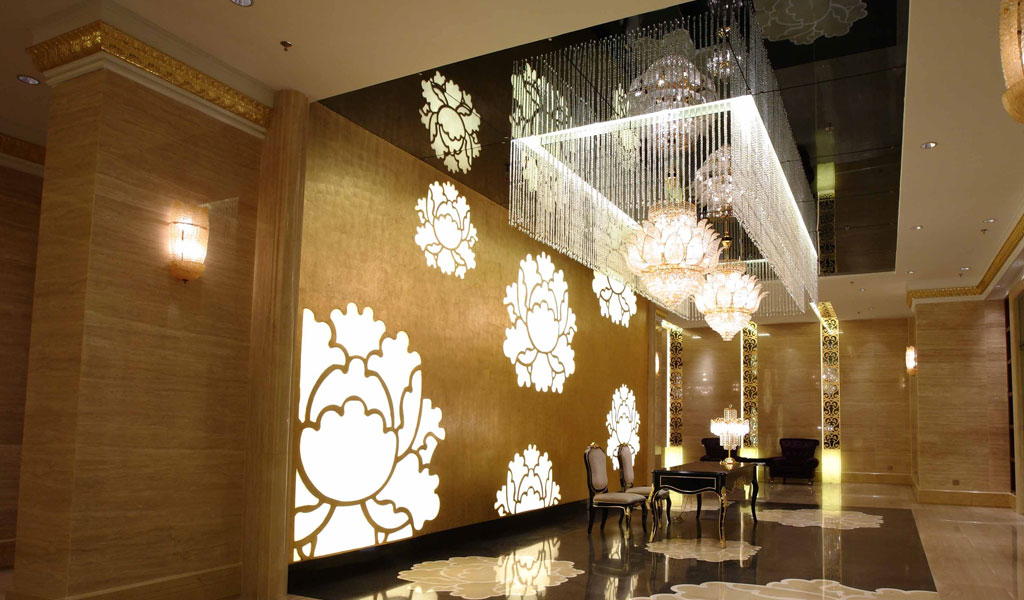
Designing or Custom lighting parts involves several steps to ensure functionality, aesthetics, and safety. Whether you’re designing for residential, commercial, or industrial spaces, here’s a general guide to help you get started:
- Define the Purpose and Environment: Clearly understand the purpose of the lighting part and the environment it will be used in. Is it for ambient, task, or accent lighting? Will it be used indoors or outdoors? Consider factors like the level of illumination required, color temperature, and any specific regulations or guidelines.
- Conceptualization and Ideation: Brainstorm and sketch different ideas for the lighting part. Consider various forms, styles, and materials that align with the intended aesthetic and functionality. Think about how the part will fit into the overall design scheme.
- Functionality and Components: Decide on the type of lighting technology to use, such as incandescent, fluorescent, LED, or OLED. Determine the components required, such as bulbs, diffusers, reflectors, lenses, and any control mechanisms (dimmers, switches, sensors).
- Materials and Manufacturing: Choose appropriate materials based on factors like durability, heat resistance, and aesthetics. Consider manufacturing methods, such as injection molding, 3D printing, Light Parts CNC machining, or sheet metal fabrication, based on your design complexity and production scale.
- CAD Design and Prototyping: Create detailed 3D models using Computer-Aided Design (CAD) software. This allows you to visualize your design and identify any potential issues. Develop prototypes to test the physical form, fit, and function of the lighting part.
- Optical Design: If applicable, design the optical components that control the direction and distribution of light. This may involve creating lenses, reflectors, or diffusers to achieve the desired lighting effects.
- Safety and Regulations: Ensure your design complies with safety standards and regulations for electrical components and lighting fixtures. This might involve working with electrical engineers to ensure proper wiring, insulation, and grounding.
- Energy Efficiency: If possible, design the lighting part to be energy-efficient. Opt for energy-efficient light sources like LEDs and incorporate features like motion sensors or timers to reduce energy consumption.
- Aesthetics and Finishes: Refine the aesthetics of the lighting part, considering factors like color, texture, and surface finishes. Make sure the design aligns with the overall visual theme of the space.
- Testing and Iteration: Test your prototypes under various conditions to ensure they perform as intended. Gather feedback from users, stakeholders, and experts, and iterate on your design based on their input.
- Production and Manufacturing: Once the design is finalized, prepare the necessary documentation for production. Choose reliable manufacturers or suppliers who can produce the lighting parts to your specifications and quality standards.
- Installation and User Experience: Design the installation process to be user-friendly and straightforward. Consider providing clear instructions and any necessary mounting hardware. Ensure the lighting part enhances the overall user experience of the space.
- Maintenance and Serviceability: Consider how easy it will be to maintain and service the lighting part. If necessary, design it to allow for easy replacement of components like bulbs or LEDs.
- Sustainability: Where possible, design the lighting part with sustainability in mind. Use recyclable materials, reduce waste during manufacturing, and aim for longevity in the product’s lifecycle.
Remember that lighting design is a multidisciplinary effort that may involve collaboration with industrial designers, electrical engineers, optical engineers, and manufacturing experts. Additionally, staying updated with current trends and technologies in the lighting industry will help you create innovative and relevant designs.



